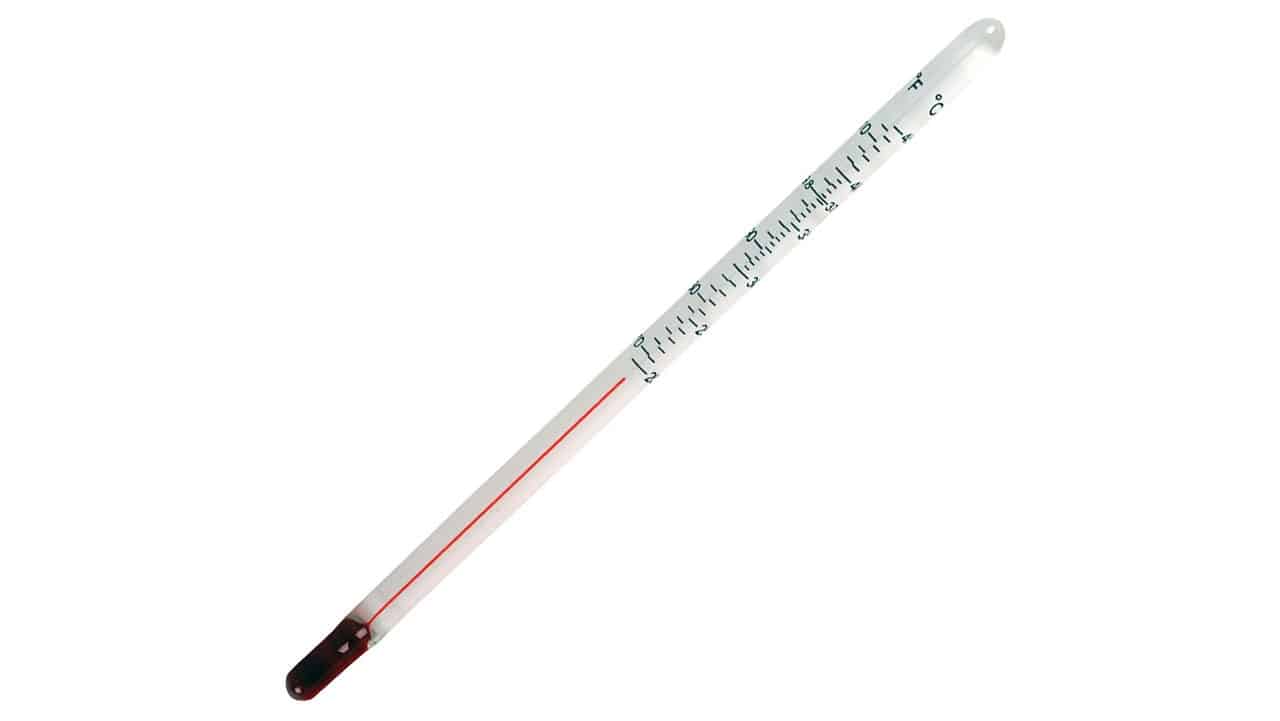THERMODYNAMIC – TEMPERATURE
Thermodynamic fixed-point calibration: The thermodynamic fixed point calibration is the most accurate way to calibrate a thermocouple. This method involves comparing the thermocouple’s temperature readings against the globally accepted, fixed temperature points of common elements and compounds where their physical state changes.
Temperature calibration refers to the calibration of any device used in a system that measures temperature. Most importantly, this usually means the temperature sensor, itself, which is typically a platinum resistance thermometer (PRT or PT-100), thermistor, or thermocouple.
STANDARD UNITS
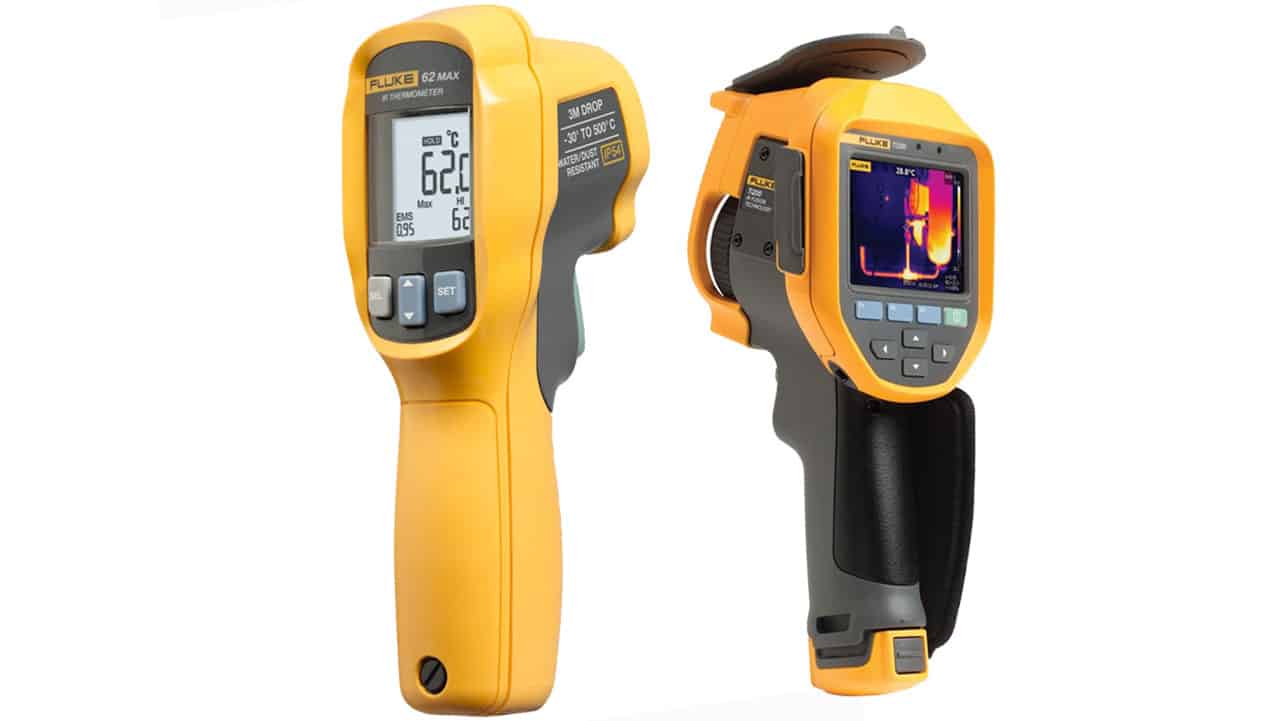
DIGITAL THERMAL INDICATOR
Thermal indicator technology was developed into solder sleeves many years ago and has proven to be an effective means of providing visual indication of a reliable solder joint. There are two types of thermal indicators used in aerospace applications today: thermochromic dyes and solder fuse rings.
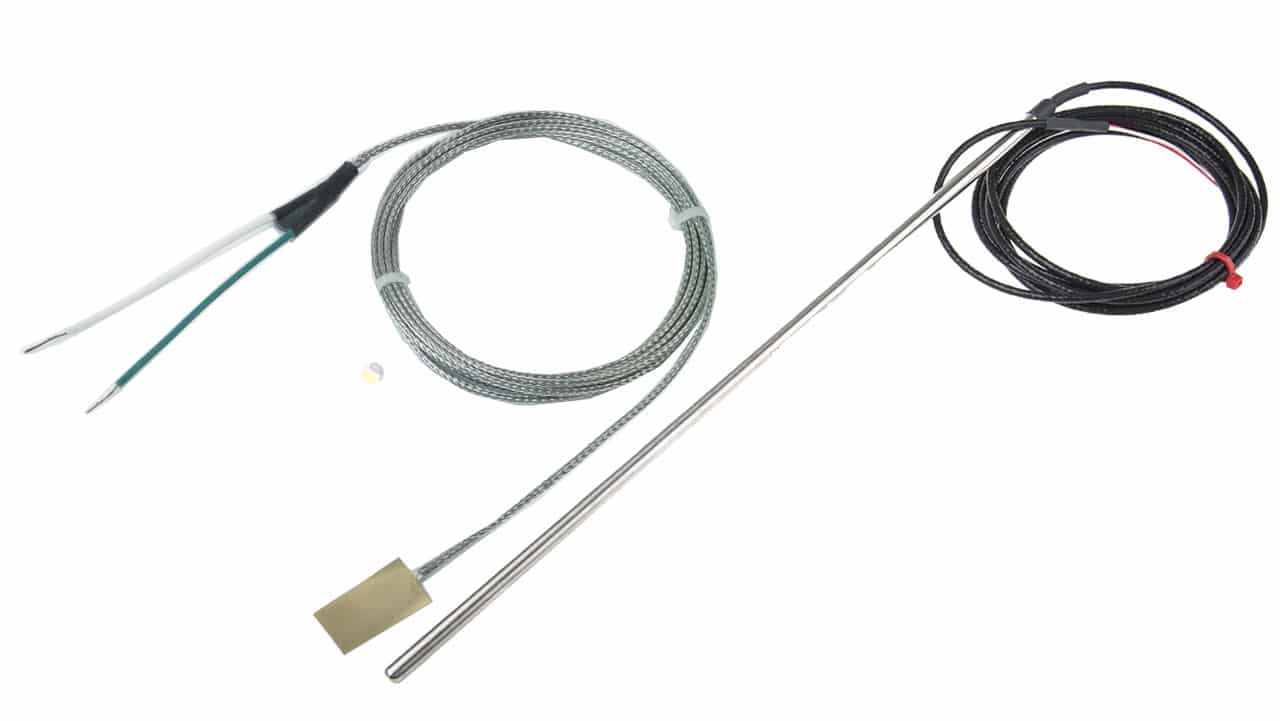
RESISTANCE THERMOMETER
Resistance thermometers, also called resistance temperature detectors (RTDs), are sensors used to measure temperature. Many RTD elements consist of a length of fine wire wrapped around a ceramic or glass core but other constructions are also used. The RTD wire is a pure material, typically platinum, nickel, or copper. The material has an accurate resistance/temperature relationship which is used to provide an indication of temperature. As RTD elements are fragile, they are often housed in protective probes.
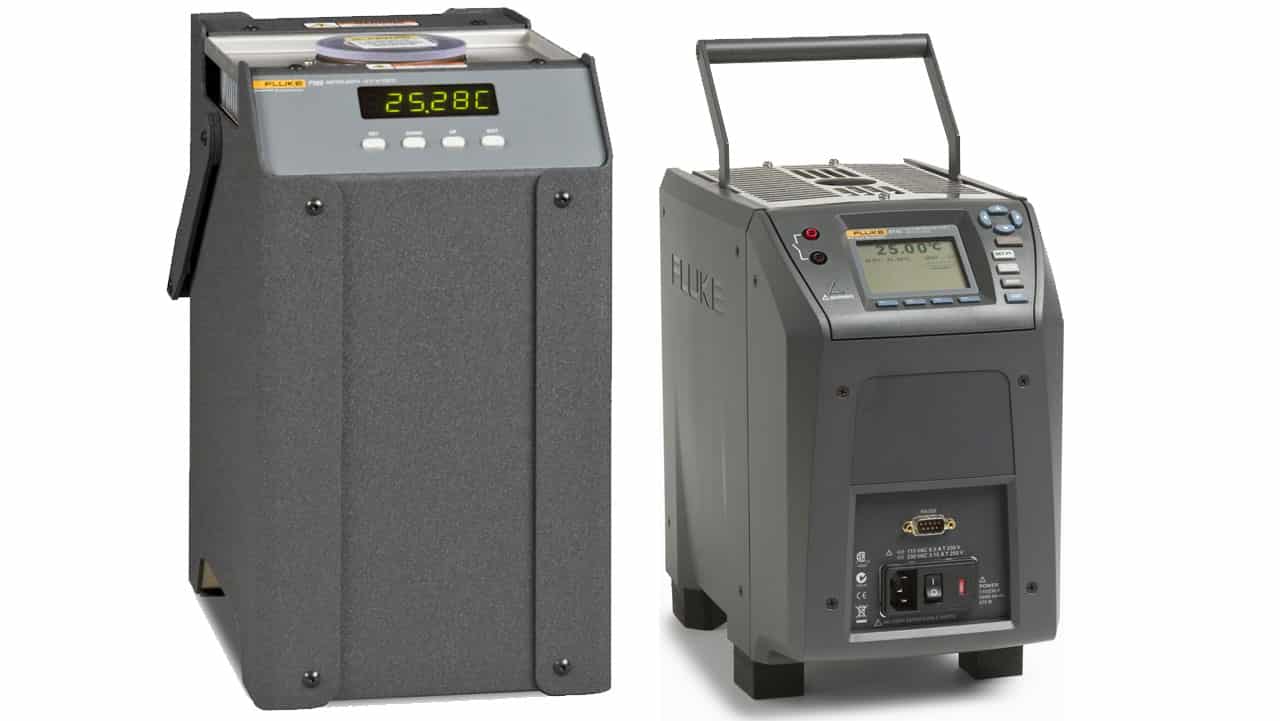
THERMOMETER
A thermometer is a device that measures temperature or a temperature gradient (the degree of hotness or coldness of an object). A thermometer has two important elements: a temperature sensor (e.g. the bulb of a mercury-in-glass thermometer or the pyrometric sensor in an infrared thermometer) in which some change occurs with a change in temperature; and some means of converting this change into a numerical value (e.g. the visible scale that is marked on a mercury-in-glass thermometer or the digital readout on an infrared model). Thermometers are widely used in technology and industry to monitor processes, in meteorology, in medicine, and in scientific research.
THERMAL CAMERAS / INFRARED CAMERA / THERMOMETER
A thermographic camera (also called an infrared camera or thermal imaging camera or thermal imager) is a device that creates an image using infrared(IR) radiation, similar to a common camera that forms an image using visible light. Instead of the 400–700 nanometre (nm) range of the visible light camera, infrared cameras are sensitive to wavelengths from about 1,000 nm (1 micrometre or μm) to about 14,000 nm (14 μm). The practice of capturing and analyzing the data they provide is called thermography.
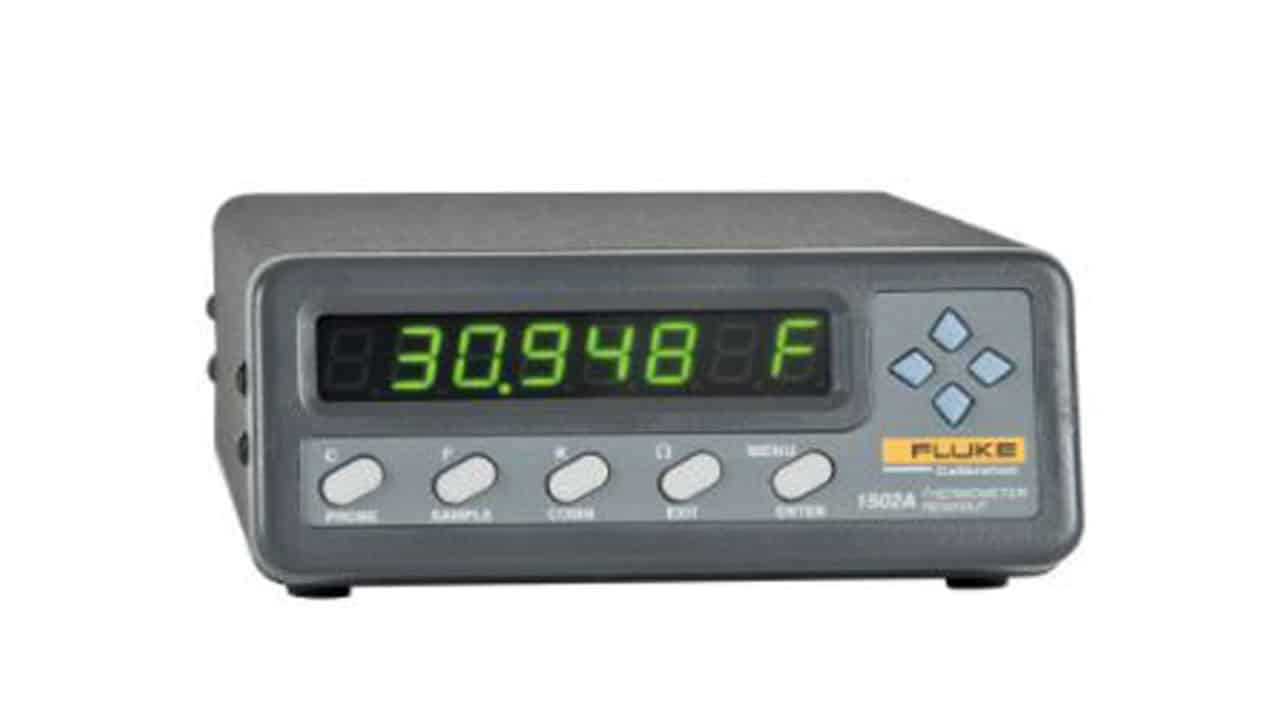
TEMPERATURE SENSOR
A temperature sensor is an electronic device that measures the temperature of its environment and converts the input data into electronic data to record, monitor, or signal temperature changes. There are many different types of temperature sensors.
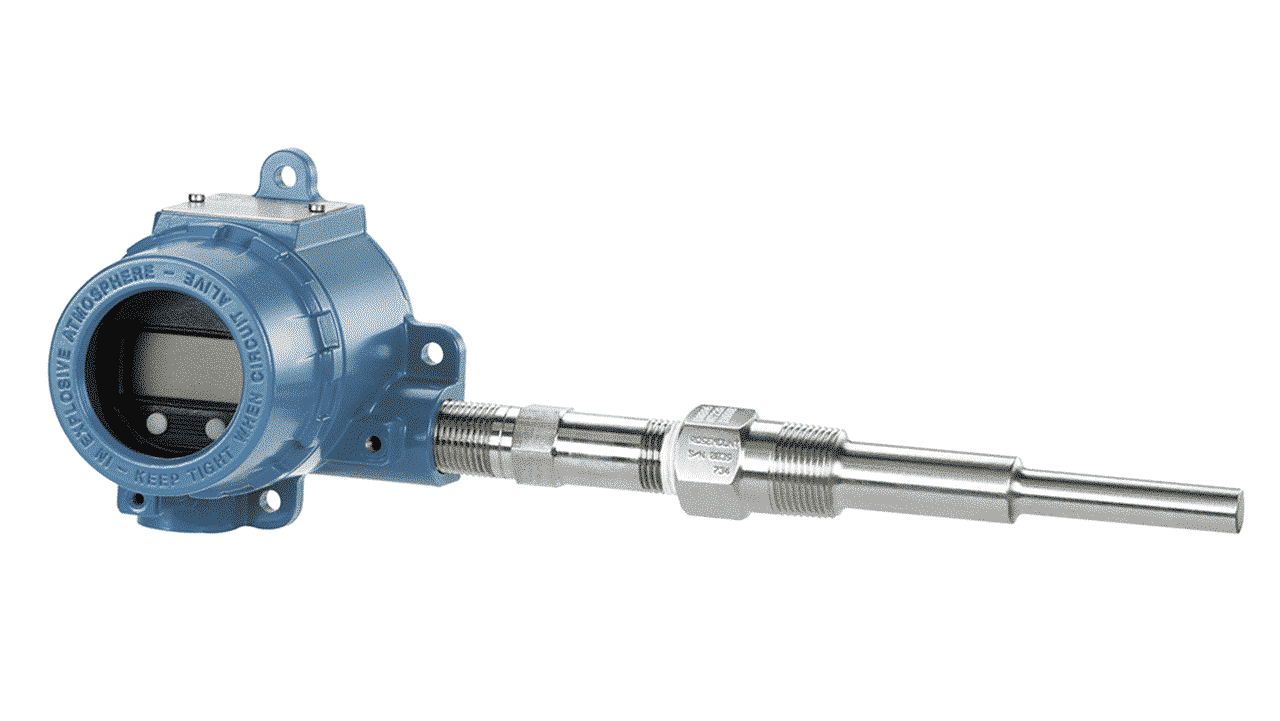
BULD TEMPERATURE (DRY/WET)
Dry-bulb temperature (DBT) is the air temperature measured by an ordinary thermometer that is exposed to the environment and captures atmospheric temperature. To be able to measure DBT accurately, the thermometer should be exposed freely to the air and protected from various factors such as moisture and radiation.
The wet-bulb temperature (WBT) is the temperature read by a thermometer covered in water-soaked cloth (wet-bulb thermometer) over which air is passed.
